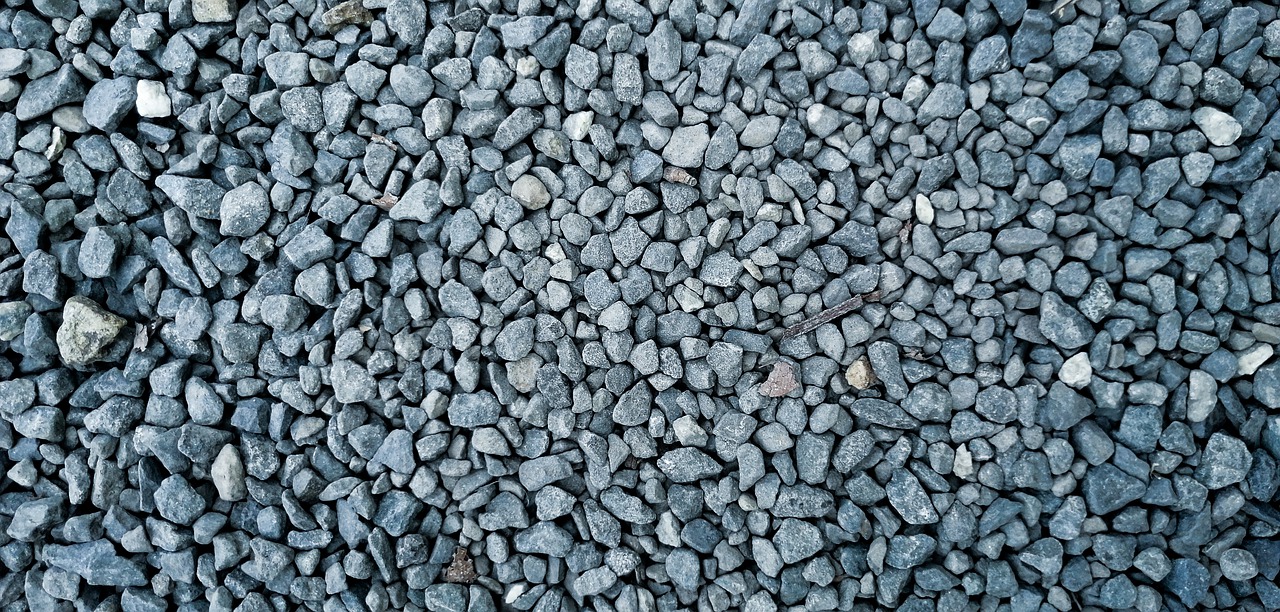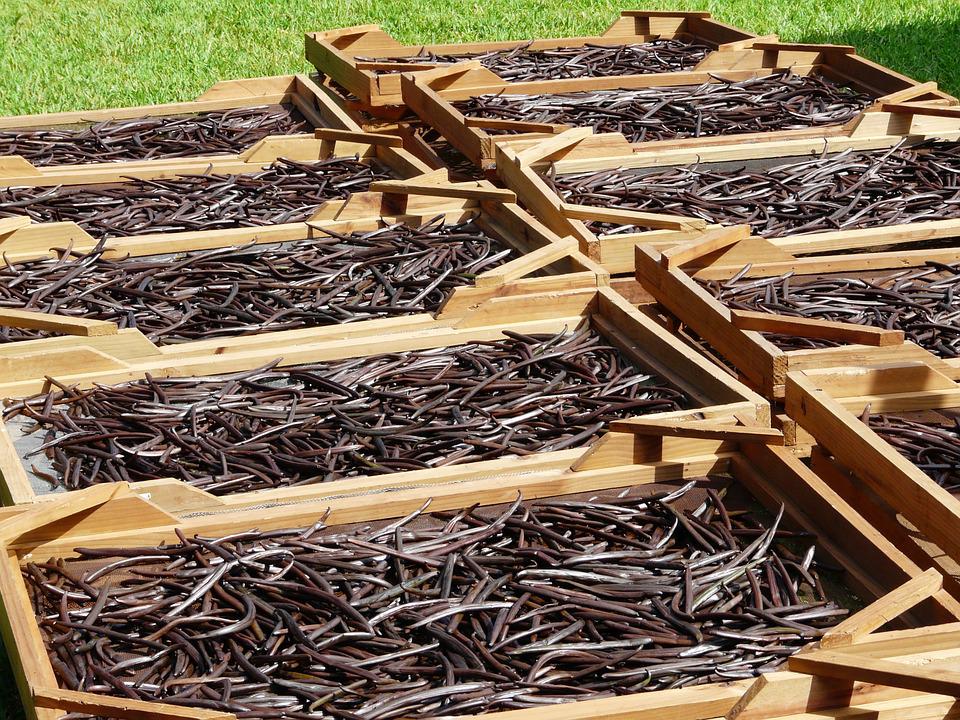Scientists at Imperial College London have created an innovative photovoltaic solar design, which boasts enhanced energy capture. Drawing inspiration from leaves, this pioneering design outperforms traditional solar panels.
Referred to as PV-leaf, this advancement utilizes cost-effective materials and has the potential to inspire the development of future renewable energy technologies.
Drawing cues from the natural world
Plant leaves are composed of diverse structures that facilitate water movement from roots to leaves via transpiration.
Emulating this biological mechanism, the PV-leaf idea replicates transpiration, enabling water to circulate, disperse, and evaporate. The concept mimics plant transpiration, utilizing natural fibers for vein-like structures and hydrogels for sponge-like cells. This helped PV-leaf efficiently and economically dissipate heat from solar PV cells.
This design could speed up the global shift to clean energy, addressing both energy and freshwater needs.
Research has demonstrated that PV-leaves can produce over10 percent additional electricity compared to traditional solar panels, which lose as much as 70 percent of incoming solar energy to the surroundings.
Furthermore, this innovative solution could generate over 40 billion cubic meters of freshwater annually by 2050, if optimized. Remarkably, the engineered leaf eliminates the need for pumps, fans, control units, and expensive porous materials.
Beyond its energy benefits, the design enhances the reliability of renewable energy sources, demonstrating increased resilience against adverse weather conditions.
“This innovative design holds tremendous potential for significantly enhancing the performance of solar panels, while also ensuring cost-effectiveness and practicality,” said Dr Gan Huang, Honorary Research Fellow in the Department of Chemical Engineering, and author of the new study.
The study was published in Nature Communications.






